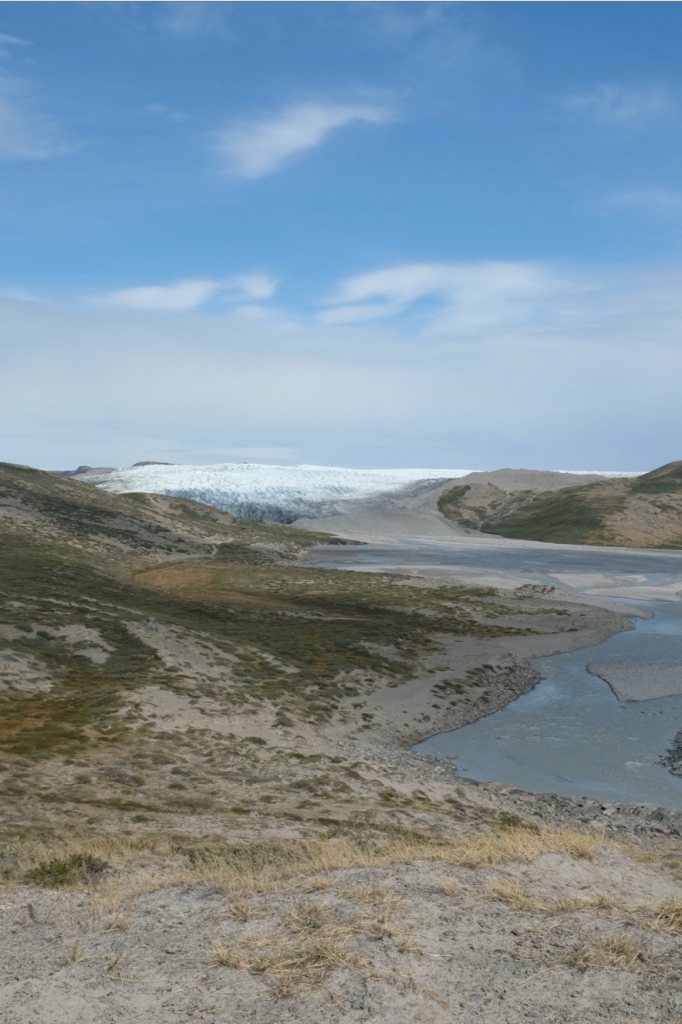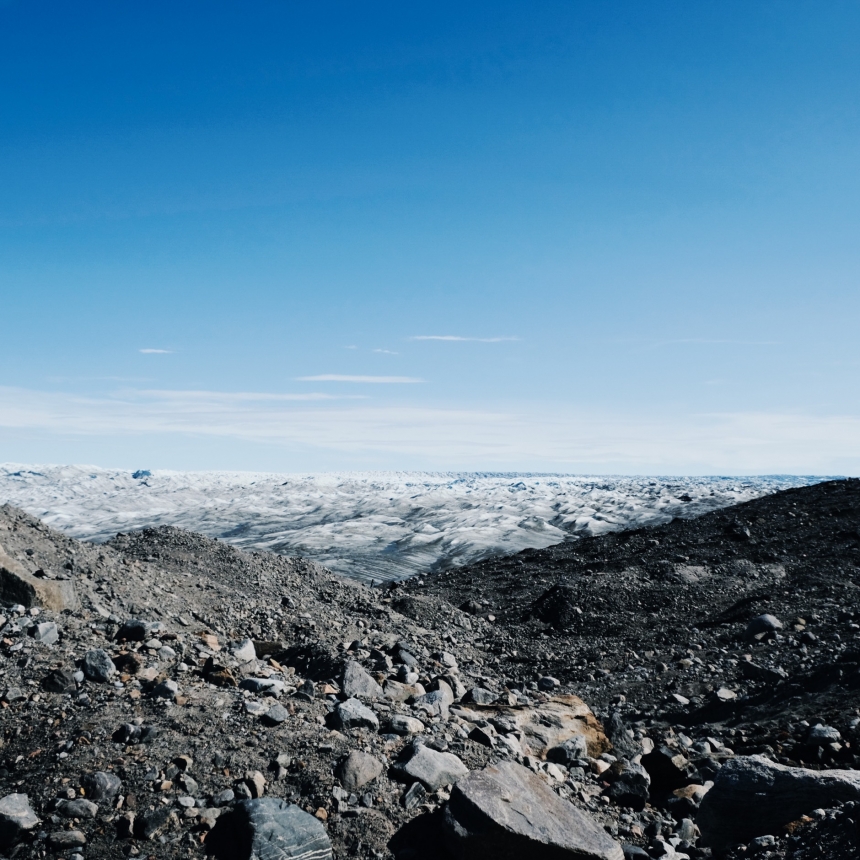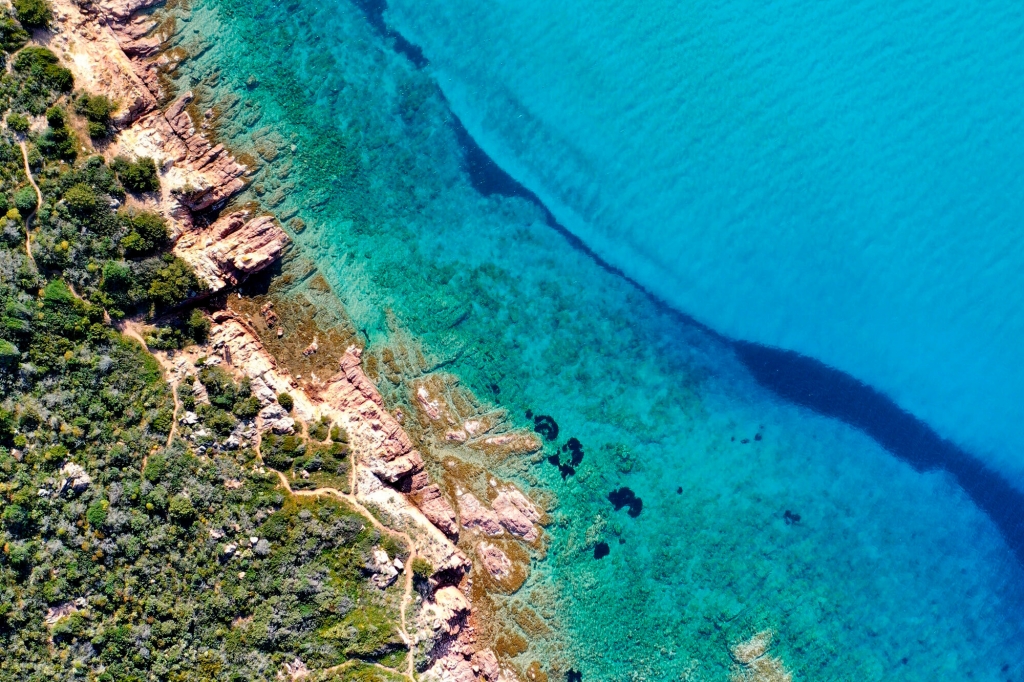-
Climate change has led to the Arctic warming at twice the global average. The knock-on impacts of this include accelerated melting of the ice cap, rising sea levels and severe pressure upon species highly specialised to their biome such as the Polar Bear and Ringed Seal.
-
The Arctic is made up of deep ocean covered by drifting pack ice, surrounded by frozen continents and archipelagos at the top of the world. The polar region is crucial in keeping the world’s climate in balance, acting as a huge reflector bouncing some of the sun’s rays back into space. By this mechanism, it helps regulate global temperature. Additionally, it plays a crucial role in the circulation of cold and warm water throughout the world’s oceans. It is home to around four million people, including indigenous communities spread across eight countries – Canada, Finland, Iceland, Norway, Russia, Sweden, Greenland and the US as well as around 450 types of fish, 280 species of bird and 130 types of mammals (including the iconic Polar Bear, Narwhals and Arctic Foxes) – even cold-water coral reefs.
-
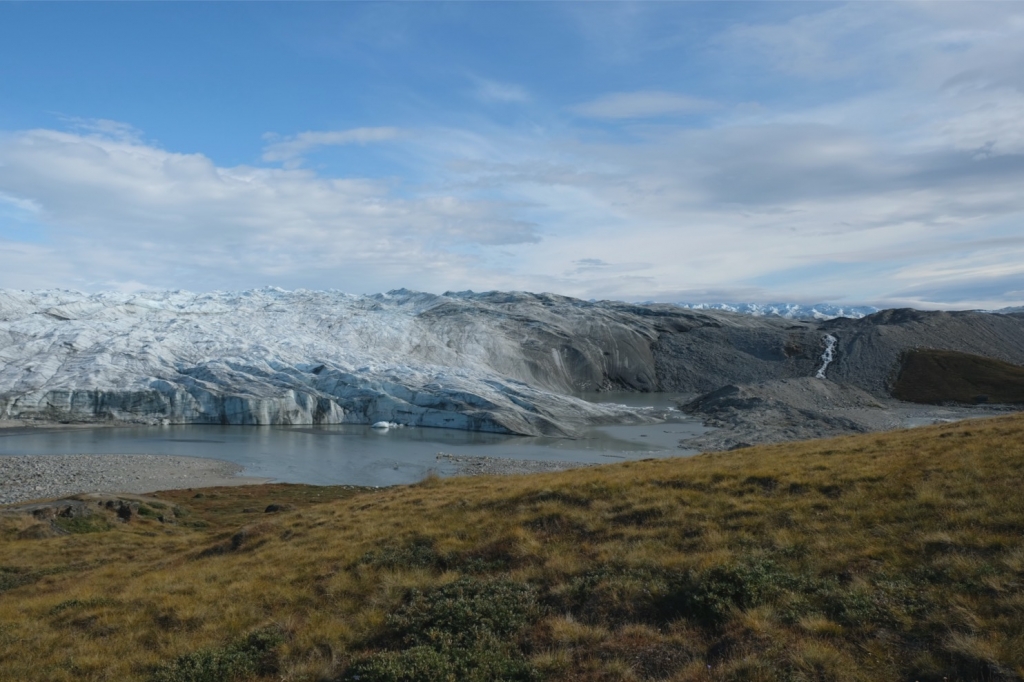
The Arctic is made up of deep ocean covered by drifting pack ice, surrounded by frozen continents and archipelagos at the top of the world. The polar region is crucial in keeping the world’s climate in balance, acting as a huge reflector bouncing some of the sun’s rays back into space. By this mechanism, it helps regulate global temperature. Additionally, it plays a crucial role in the circulation of cold and warm water throughout the world’s oceans. It is home to around four million people, including indigenous communities spread across eight countries – Canada, Finland, Iceland, Norway, Russia, Sweden, Greenland and the US as well as around 450 types of fish, 280 species of bird and 130 types of mammals (including the iconic Polar Bear, Narwhals and Arctic Foxes) – even cold-water coral reefs.
-
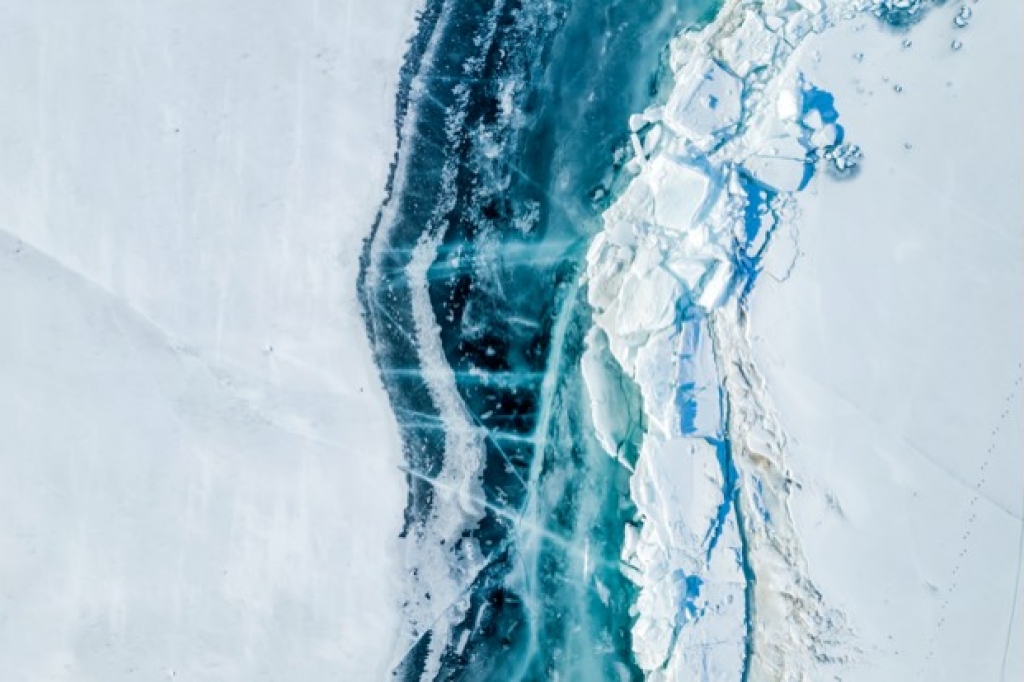
THE PROBLEM
Climate change has contributed to the Arctic warming at twice the global average, leading to the accelerated disappearance of Arctic sea ice. NASA estimates that the mass of pack ice each September, at its summer minimum, has fallen by an average of 12.8% in each decade over the last 40 years. With less sea ice, fewer of the sun’s rays are reflected, leaving the ocean to absorb more energy in the form of heat – further accelerating warming. Some predictions say there may be virtually no summer sea ice in the Arctic inside a generation.
-
003
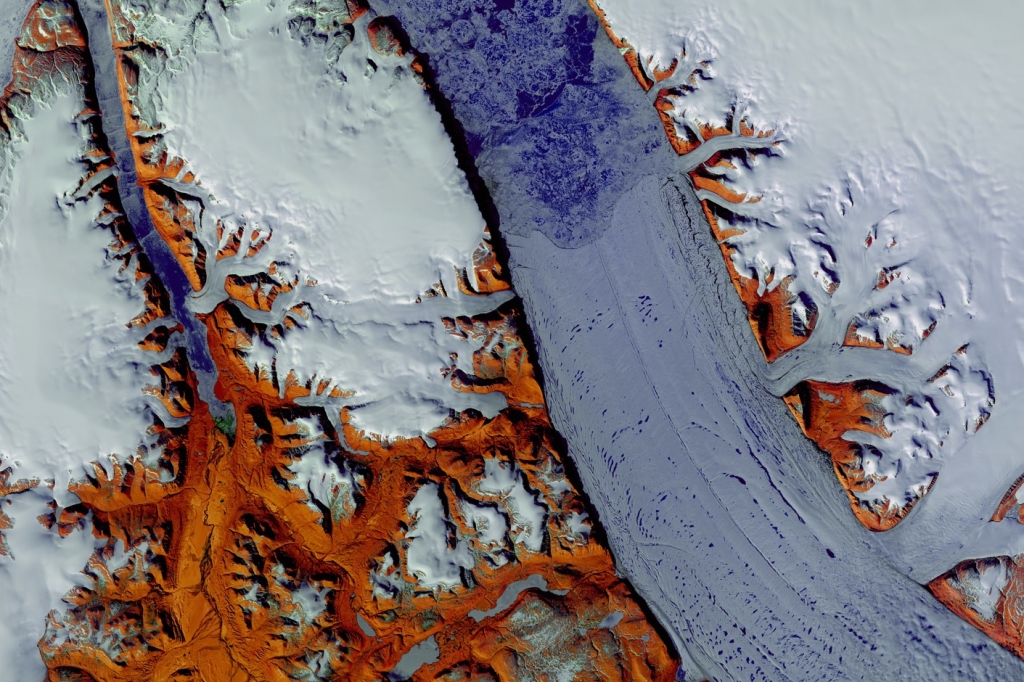 28-29AUGUST 2021
28-29AUGUST 2021ARCTIC X PRIX
Extreme E heads to the Arctic and the retreating Russell Glacier near Kangerlussuaq in Greenland during its inaugural campaign, raising awareness of the rate at which ice is melting at the poles by racing on land once occupied by the once-mighty glacier, right by its receding snout.
-
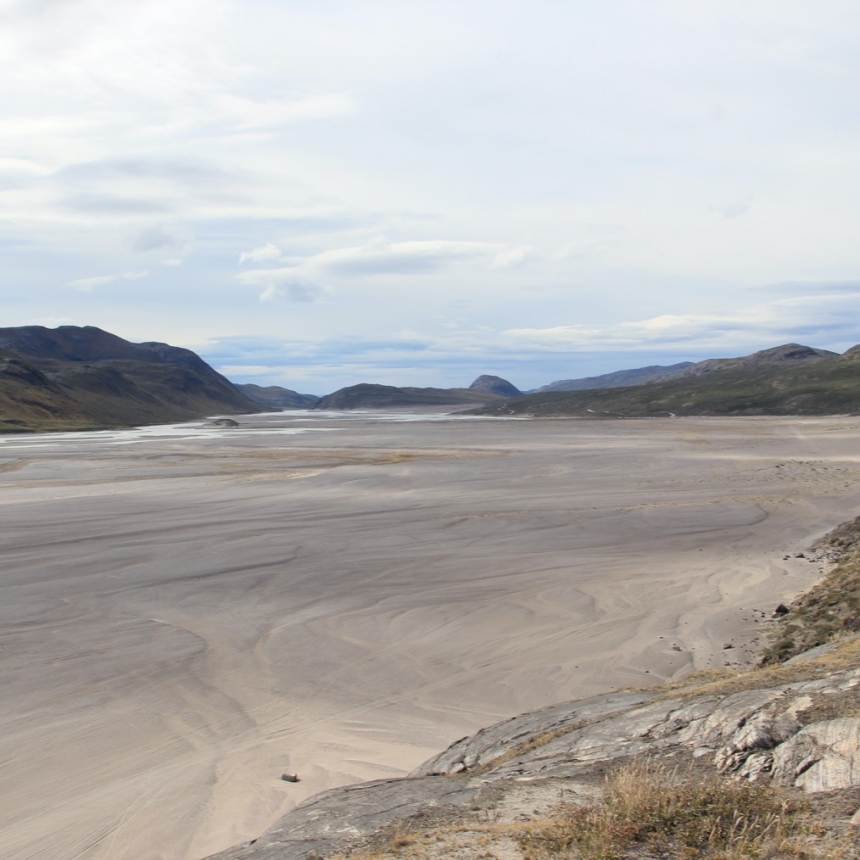
Extreme E Legacy
With the help of world-leading Arctic expert, Professor Peter Wadhams, Extreme E will support research into protecting Arctic ice. Only continued global action on climate change can result in a secure future for the region, but working to conserve the ice gives the ecosystem the best chance of survival and recovery.
